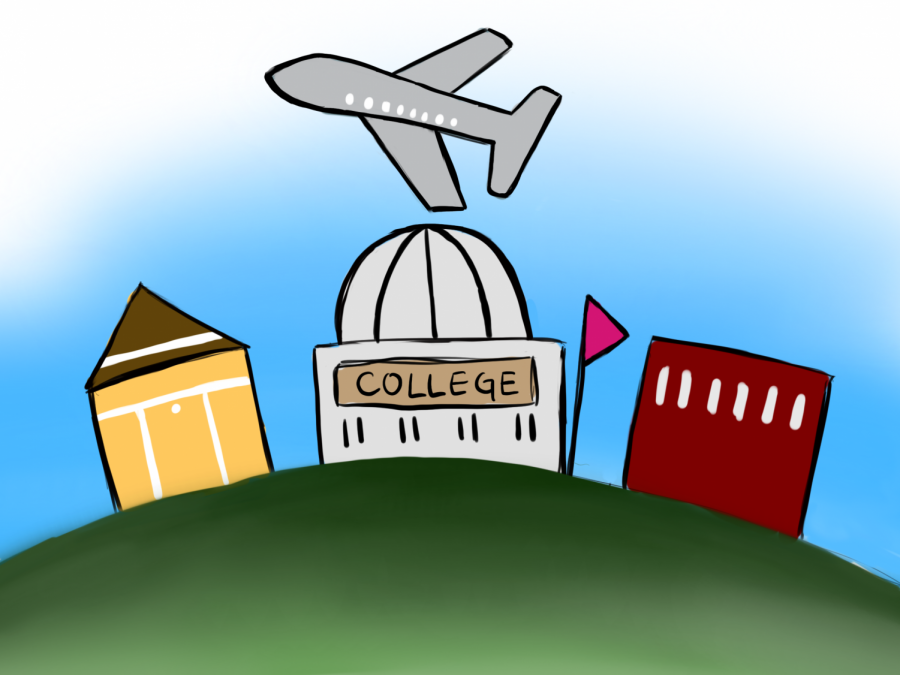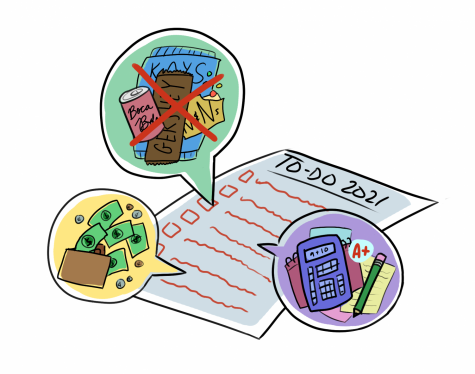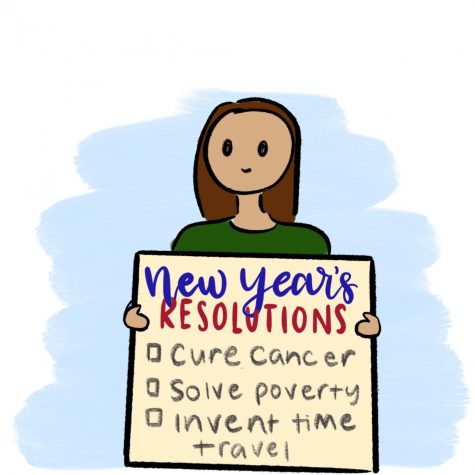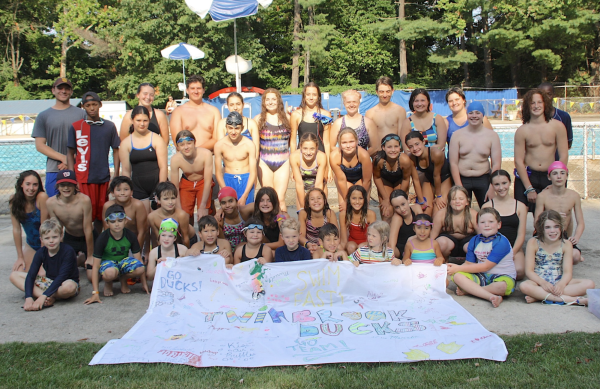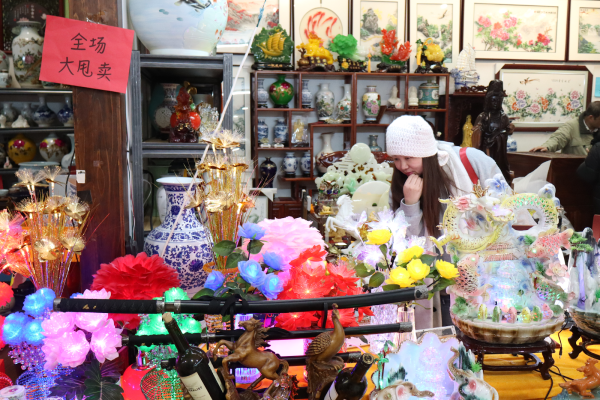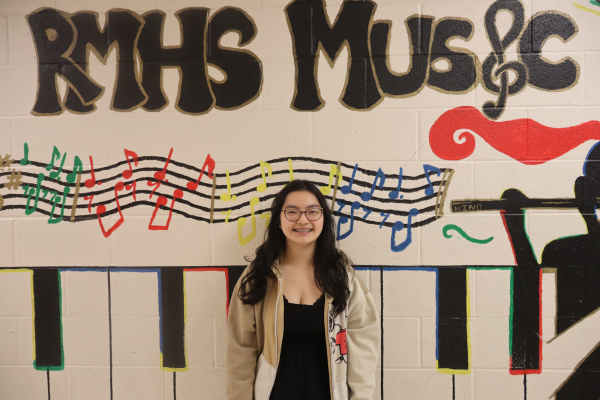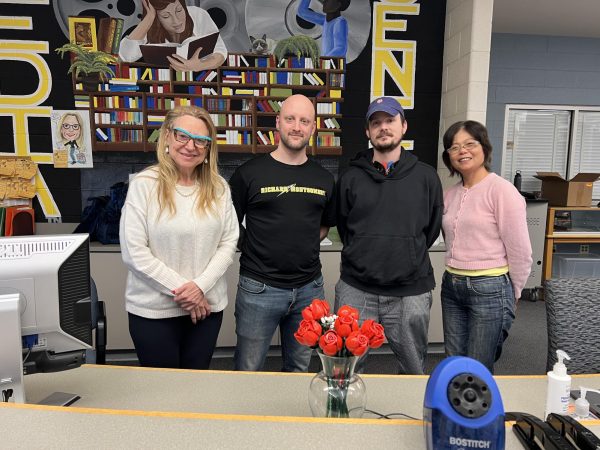Crystal Foretia shares her fly-in adventure
Blanket? Check. Towel? Check. Toiletries? Check. Directions? Check. I know what you’re thinking—no, this is not preparation for sleepaway camp. I, like thousands of other high school seniors, am embarking on a daunting journey: the college admissions process. On Thursday Sept. 27, I was preparing to spend my weekend living and breathing the Hopkins Overnight Multicultural Experience.
Johns Hopkins University is one of many institutions that offer overnight visitation programs for high school seniors. Often called fly-ins, these programs allow prospective students, many of whom cannot afford to visit, to explore the college campus for free, with housing and food paid for. Fly-in programs at prestigious colleges such as Barnard College and The University of Pennsylvania are competitive and resemble the actual college application process.
We know how college visits go. The college’s dean gives their spiel about why their college is the greatest; the tour guide walks backwards while listing various traditions and factoids, and the college students pass by, using abbreviations you don’t understand.
Fly-in programs offer a unique opportunity for prospective students to immerse themselves in the school’s culture by interacting with current students one-on-one and in class. While staying overnight, I got a sense of the campus, beyond its red bricks, white marble steps, and Greek-inspired pillars.
On the first day of the program, fly-in participants attended a panel of current students who described their experience at Hopkins. The panelists addressed issues such as time management and finding resources on campus.
“Know your limits,” college sophomore Hayden Loudd said. “You need to mentally check-in.”
Though prospective students can ask about the quality of the school’s meme page—which yes, did happen at the panel—it’s important to ask current students about the school’s social scene and academics, so that you know what to expect.
“I found that regular college visits are very, very surface level,” said Adriana Obeso, a high school senior from Miami, Fla. “These fly-in programs are really good because you actually get to talk to a ton of students.”
As Texas senior Crystal Chidume puts it, “You are tossed into a community that already exist.”
Our hosts guided us through the various dining spots for fried chicken and free donuts. Prospective students kept quiet as they complained about the school’s terrible drainage and teased those majoring in Public Health. In truth, we found their candor refreshing.
“I think it’s really nice. I really like the people here,” Obeso said.
“They don’t fit a certain stereotype,” Chidume said. “I think most of them are individually themselves. (sic)”
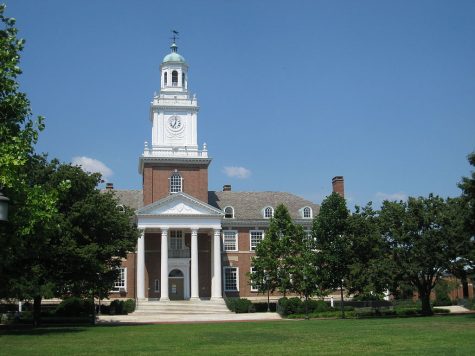
Johns Hopkin’s Gilman Hall is the flagship building of the campus.
The best takeaway from the program was the advice given by admissions officers. On Friday Sept. 28, the Admissions Office held an application workshop dedicated to explaining the Johns Hopkins supplemental essay.
“[Colleges] want to know a ‘specific something’ about you,” said admissions officer Juliana Spadaro. “Please answer the prompt directly.”
In Johns Hopkins’ case, that “specific something” is how well you collaborate with others. Throughout my visit, professors, counselors, and students emphasized how the university has a collaborative environment, not a competitive one.
Their essay specifically asks students to “talk about a time, in or outside the classroom, when you worked with others and what you learned from the experience.” However, students often do not know how to handle this prompt.
“I was surprised by how many students wrote about leadership rather than collaboration,” said admissions officer Stephanie Cerini.
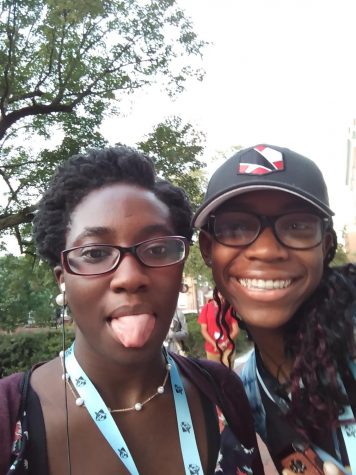
Foretia and her friend pose for a selfie on Johns Hopkins’ campus.
Above all else, students should make the most out of mishaps. On Friday Sept. 28, while students were supposed to attend classes listed in our itinerary, that was not entirely the case.
Obeso thought she would observe an International Relations class, but when she discovered the classroom, students were taking a midterm exam. I suffered a similar fate. After finding the listed room for Authority & Liberty, I stumbled upon 30 students taking a chemistry exam. Really. My following class was European history in Hodson Hall, but the classroom was holding a sociology class.
From what I could glean from my classroom visits, some of the typical differences between research universities and liberal arts colleges appeared. Rather than an actual professor, a graduate student taught the sociology class. In the Latin class that Chidume attended, the material was taught by a teacher’s assistant who had majored in Architecture. Compared to sitting in a philosophy class with 10 students at Williams College led by a published professor, the class experience at Johns Hopkins was disappointing. However, I still got to talk with the faculty.
“My colleagues are socially awkward.” said Dr. Chris Falzone, the Director of Undergraduate Studies for Chemistry. Going on a diatribe about his chemistry career. he offered advice to all college applicants: “You are responsible for your acquisition of knowledge.”
Staying in a dorm, eating campus food, and meeting with admissions officers gave me greater insight into how I would fit in the university and what I want in a college. Students attain a superficial understanding if they only visit the college website and U.S. News & World Report rankings. Whether or not you fall in love with a school, an overnight visit can completely upend your college list.
Your donation will support the student journalists of The Tide, Richard Montgomery High School's student newspaper. Your contribution will allow us to purchase equipment and cover our annual website hosting costs.
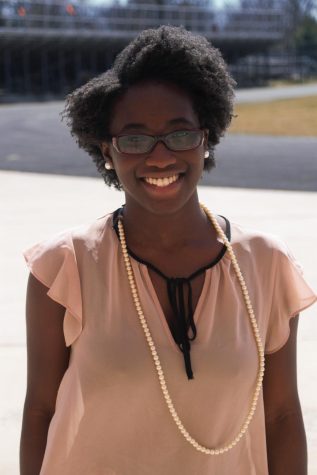
Crystal Foretia is a opinions writer for The Tide. She covers politics and has written articles on student activism, climate change, the Democratic Party,...
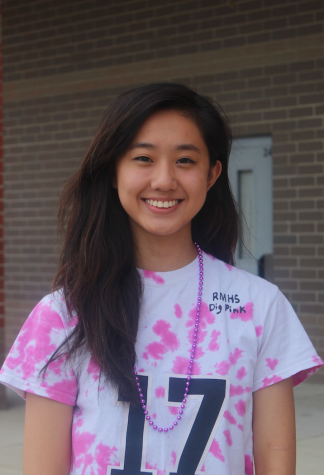
Kisha Yan is thrilled to be the co-editor of the Tide's Graphic Section this year. She is excited to continue creating graphics for the newspaper and hopes...


